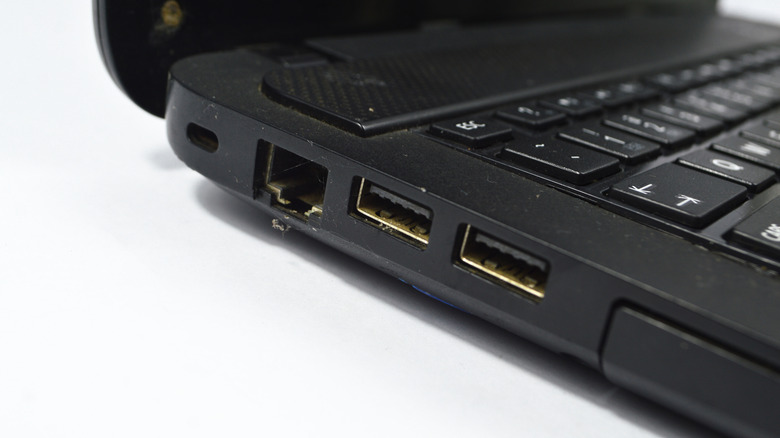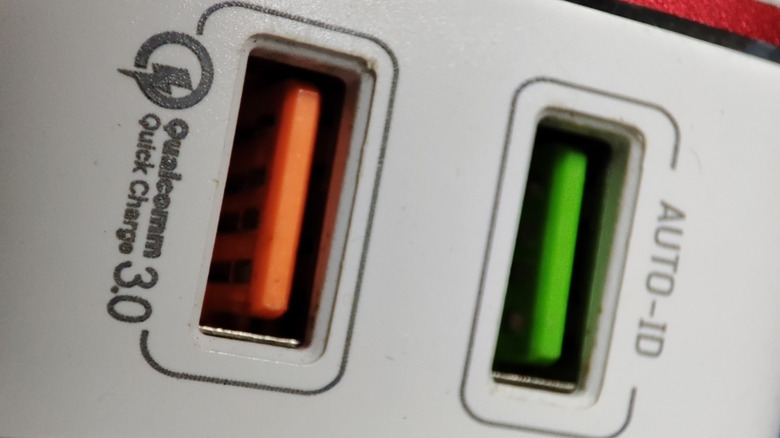What Are USB Sleep-And-Charge Ports And How Do They Work?
You might've noticed that some USB ports on laptops or desktops are labeled differently. These ports may also have a curious symbol or icon next to them and if so, they could be sleep-and-charge ports. These special connections are designed to do something a bit different from regular USB, offering extra convenience whenever you need it.
USB sleep-and-charge ports can keep supplying power even when the computer is asleep, hibernating, or fully shut down. Unlike regular USB ports that turn off with the system, these stay active so you can charge devices like phones, earbuds, or cameras without needing to wake the machine. Some systems even allow charging while unplugged, as long as the battery still has power.
Manufacturers may use different names for this feature, and the ports themselves are often marked to help you spot them. You might see a lightning bolt, a battery icon with "USB" across it, or a port that's colored differently, like red. So if you're using an unfamiliar computer, it's worth checking for these markings before plugging in your device, since not every USB port has sleep-and-charge capability.
Sleep-and-charge ports are supported by various computer manufacturers
While Toshiba currently focuses mainly on TV's, the company was among the first to introduce sleep-and-charge USB ports in the late 2000s, when portable devices were really starting to take over. Toshiba's upgrade caught on, and before long, other manufacturers started adding their own versions of the feature to laptops and desktops.
One of those manufacturers is Dell, whose version of this feature is called PowerShare, and it works a little differently depending on the system. You'll find it on certain USB ports marked with a lightning bolt icon, and you can actually choose how much of your laptop's battery it can use before it stops charging other devices. For example, you might set it to stop once the battery drops to 25%. But PowerShare only works in low-power states like sleep or standby, and depending on your system, it may only function when the laptop is plugged in.
While sleep-and-charge features are widely available now, they don't always work the same across devices, and they're not always enabled by default. Some systems require the feature to be turned on manually, so checking your computer's manual can save time and avoid frustration.

